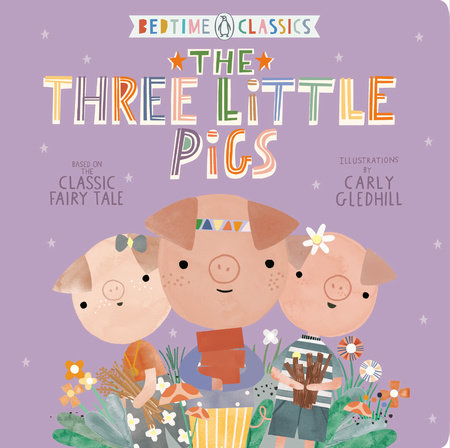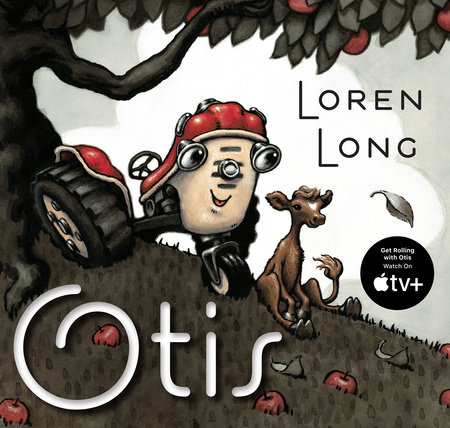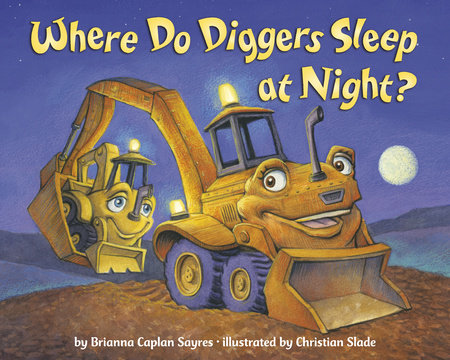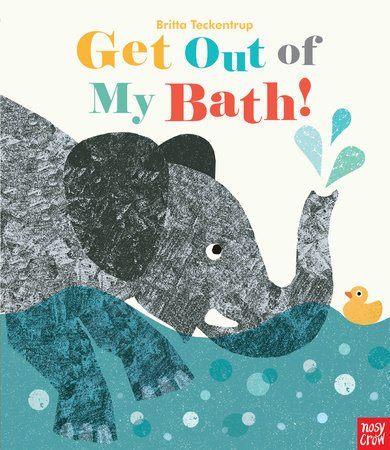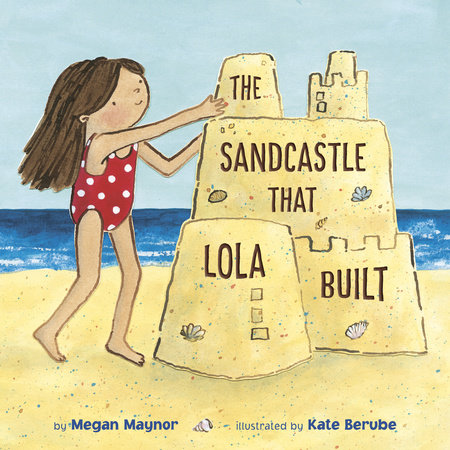Squeeze, Splash, Pour:
4 Ways To Link Books and Sensory Play
by Lindsay Barrett
Many kids like to touch stuff … a lot. Sensory play allows them to dig into open-ended materials by pouring, scooping, splashing, squeezing, and experiencing all the resulting sensations. Sensory play is fantastic on its own, with no direction needed. But linking books and sensory experiences can be an excellent strategy for making it even more engaging. Thumbing through a treasured book when your kid is elbow-deep in a tub of shaving cream or wet sand may seem weird, but it’s very effective. Here are four fun and easy ways to link books and sensory play at home or in the classroom.
Keep little hands busy during a read-aloud
If you have a kiddo who struggles to sit still during storytime, you don’t have to give up on reading aloud. Try setting up your child with a (relatively non-messy) sensory play opportunity, like a ball of play dough and a rolling pin or a few toy cars in a pan filled with gravel. Then, sit nearby and crack open a favorite title. When kids’ hands are occupied, their ears and brains are often more available to listen.
Retell a story
Acting out a book’s story is fun for kids and supports their growing comprehension skills. A sensory table or bin (e.g., a low plastic storage container or a baking pan with sides) is great for containing simple supplies to do this on repeat. Scatter some dried beans for the “ground,” add some straw, sticks, and LEGO bricks, and kids can happily build and knock down the Three Little Pigs’ houses.
Raid your collection of figurines for characters, but don’t sweat it if you don’t have exact matches to a book. You can buy a cheap set of plain wooden peg people at a craft store and proclaim them to be anyone you’d like. Alternatively, kids think it’s hilarious to sub in the figurines you have and pretend they are the book’s characters.
Make up new stories with book characters
Retelling a story as it appears in the book is just the beginning. Sensory materials are perfect for encouraging kids to invent spinoff stories. After reading a book, gather small toys that (sort of) match the book’s characters and add them to a sensory base, like sand, water, shaving cream, oats, beans, or rice. Let kids’ imaginations do the rest. Using plastic farm animals and a tiny tractor, they might dream up fresh adventures inspired by the story of Otis. Or, you can explore riffs on Where Do Diggers Sleep at Night? with some small vehicles and fabric scraps for blankets.
A popular twist on making up new stories is the “ice rescue.” Freeze a collection of animals or figurines that fit a book’s theme in a container of water. (A set of plastic woodland animals and a stack of Jan Brett winter books go a long way.) Put the ice block on a tray or in a container and give kids tools to melt the ice and “rescue” the characters. A spoon or dropper and a cup of warm water do the trick.
Explore a STEM Concept
Some books introduce scenarios that beg further investigation through sensory play. For example, plastic animals and a turkey baster are perfect for acting out how Elephant sucks up all the water in Get Out of My Bath! Ditto for books about sand castles; building a mini sand castle, like the one in The Sandcastle That Lola Built, and knocking it down with a wave of bath water brings the story to life.
Snow books are also fun to extend with sensory materials. You can use real snow, shaving cream, cotton balls, or flour, if you don’t mind the extra mess. Kids love to act out animals buried in snow, like in So Much Snow!
Many books lend themselves to sensory play. Don’t worry about Instagram-worthy setups or perfectly matched supplies. Use what you already have to get kids exploring book ideas with their hands.
Here are the books mentioned in this post to get you started:

